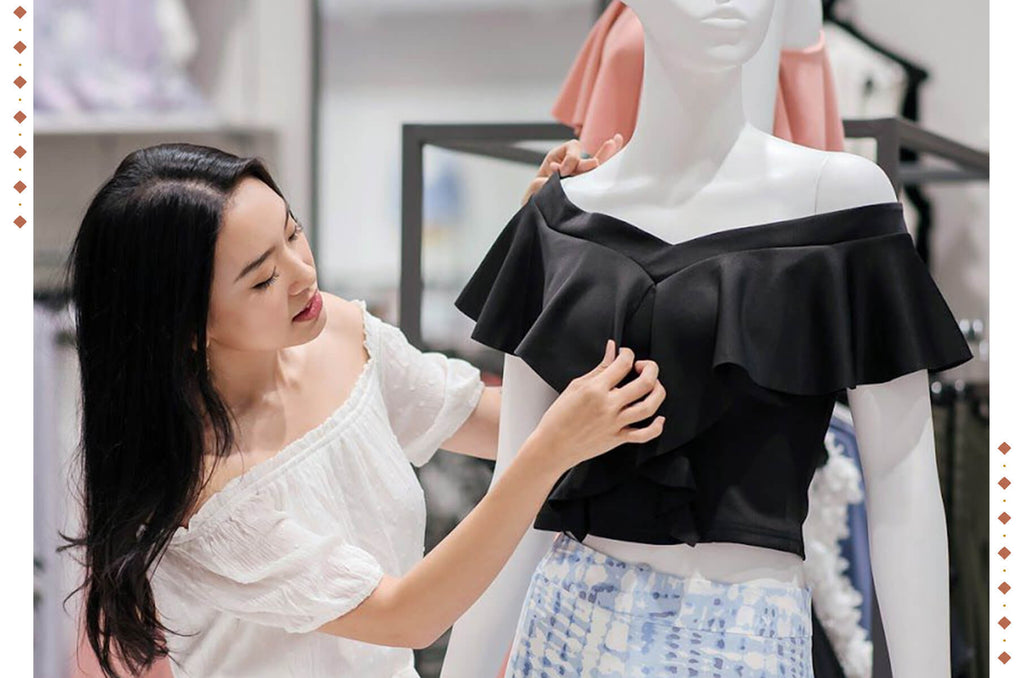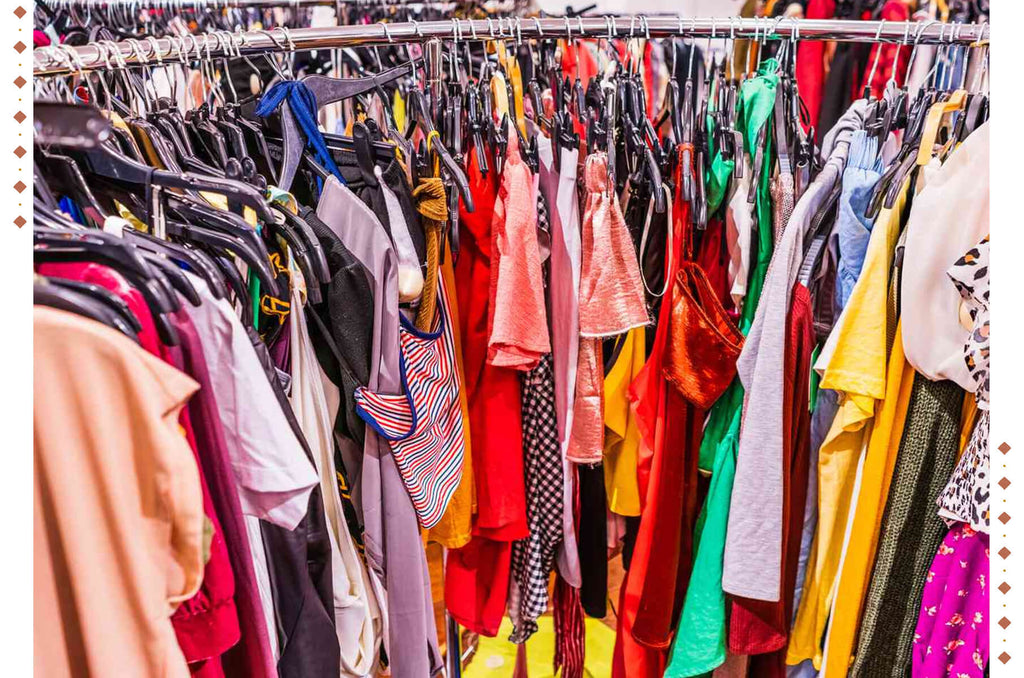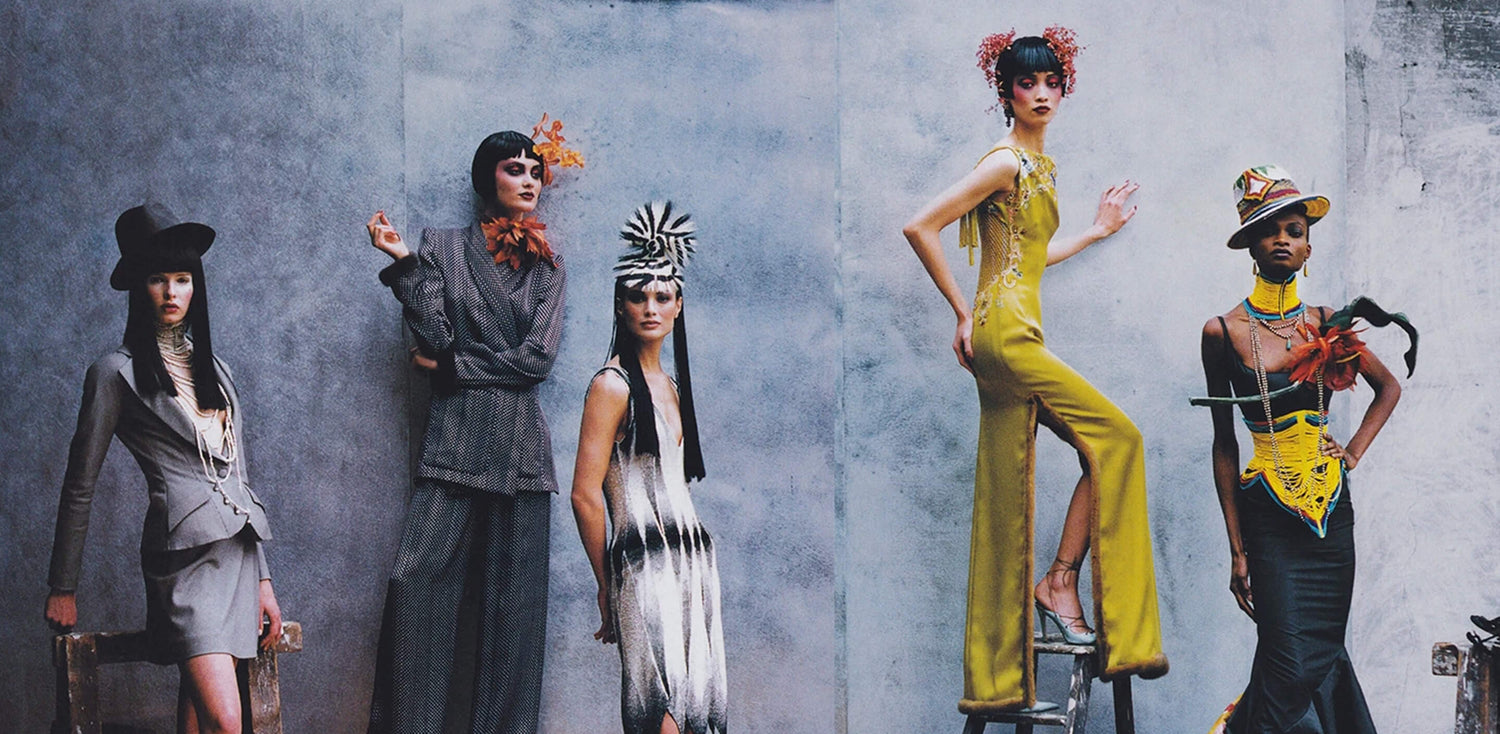In addition, we have included a number of additional resources that are relevant to this topic as a whole, since keeping up with the ever-evolving "here now, gone tomorrow" fashion sector is a continuous effort. To help you identify articles and studies that look at a certain segment, niche market, scenario, or trend.
Things to consider

Smaller, specialized businesses are all included in the broader fashion sector. Some people's only exposure to the fashion industry is via shop, website, clothing brand, or periodicals devoted to the subject. The garment industry, however, also includes a wide variety of different artisans and businesses. There are a wide variety of people who work in the textile industry, including but not limited to those who produce and sell fabric and notions, flower makers, embroiderers, seamstresses/tailors, and many more. Models, stylists, hair stylists, makeup artists, model agencies, photographers, and a wide variety of other non-fashion industries all contribute to the greater fashion ecosystem that includes the staging and promotion of fashion shows.
The consumer goods sector, like many others, is undergoing rapid and continuous transformation. Both the business world and its customers are always changing. The evolution of the fashion retail industry began with television channels that offered numerous things, including fashion, and then continued with the Internet and online commerce.
The proliferation of the Internet has had an effect on every facet of the apparel business, not just retail. The border between business and consumer has been muddied by its impact on supply chains, marketing, communications, clothing brand recognition, etc. It's no longer enough to just sell clothes online; social media platforms are now crucial to predicting and establishing future fashion trends as well. Not only can "Fashion Forecasters" utilize bloggers and other influencers to sell more of a product, but they can also use them to see what's coming in the world of fashion by perusing Instagram and other social media platforms, as well as street-style blogs.
Some of the debates that need your attention are listed here. Keeping up with the latest developments in your field might be facilitated by searching for publications in full-text databases and on the Internet for reports and articles.
For retail sector

Clothing was mostly sold in physical locations like upscale boutiques and mega-department stores. As time went on, television and cable channels joined the mix, as did mail-order catalogs.
After initially being a relatively minor participant, the internet quickly became a dominant force in the retail of clothing and accessories in the latter part of the twentieth century. Retailers quickly saw the potential of selling their wares online, and major fashion companies quickly realized the benefits of having their own websites to showcase their wares and sell directly to customers. Internet sites have helped newer, lesser companies get exposure and make direct sales to customers and specialty shops. There is also a rise of external and highly specialized and niche websites, such as those that sell just shoes or those that specialize in secondhand goods.
In addition to discovering new companies, shoppers also benefit from online shopping because of the expanded variety of products available to them. It opens the door for businesses to sell to customers directly and helps smaller clothing brands stay competitive. Digital clothing, offered only via online "digital fashion shops," is the next logical step in the development of online retail for clothing brand. These online shops peddle "clothes" that don't really exist outside of cyberspace, where a single unit may be bought and resold an infinite number of times. In certain cases, these websites provide a means through which users might acquire fantastic garb for use in their online personas.
It's also worth mentioning a couple other noteworthy retail trends. One example is the "concept shop," which offers a specialized collection of goods with a unifying idea. It has been shown that these brands have a strong association with fabric companies that have distinct identities, such as numerous in the luxury sector, since they want to engage with consumers via exploration and new experiences. Exhibit spaces are also becoming more popular. In such a scenario, brick-and-mortar businesses serve less as places to actually do business and more as places to showcase the goods they carry.
Finally, businesses are finding that social media accounts may serve as a shop in addition to serving as a platform for marketing their brands and goods.
Fast fashion

While the concept of fast fashion has been evolving for decades, especially thanks to the technological advances of the Industrial Revolution, the term "Fast Fashion" is now commonly used by retailers to describe collections that are quickly brought from the runway to the store in order to capitalize on the latest trends in clothing without having to wait for them to trickle down through the traditional fashion cycle. The term "fast fashion" is used to describe a broad category of clothing that is produced quickly and sold at low prices. Brands like H&M and Zara dominate the brick-and-mortar sector of this industry, while others, like Shein (and Romwe), operate only online.
However, the lifecycle of industries as a whole has increased in velocity. Asos, Boohoo, Fashion Nova, and Shein (and its sister firm Romwe) are just a few of the fast fashion companies that have recently risen to the top of the fashion fabric chain. They are better equipped to cash in on rapidly shifting fashions and internet fads, but they also raise questions about the viability and ethics of business as usual.
As a result of its meteoric ascent, this subset of the fashion business may now be studied separately from the broader fashion industry as a whole. Getting a complete understanding of the industry requires digging into the specific manufacturers and distributors in the space.
Sustainability

The current movement toward sustainable fashion and shopping is connected to the fast fashion industry and the need for more moral corporate practices.
Two issues are now at the forefront of sustainability conversations in the fashion industry. The increasing popularity of organically produced goods is the first. The second is people's growing interest in thrift shops, online consignment shops, and creative upcycling as a means to reduce their impact on the environment and live more sustainably. Greenwashing, in which a firm gives the idea that its goods are more ecologically sound when they are not, is a new issue in the realms of sustainability and ethics.
FAQ
What is the fashion industry?
The fashion business includes a wide range of specialized subsectors. Some people's only exposure to the fashion industry is via shops, websites selling clothes, or periodicals devoted to the subject. The garment industry, however, also includes a wide variety of different artisans and businesses.
Why is the fashion industry important?
The border between business and consumer has been muddied by its impact on supply chains, marketing, communications, brand recognition, etc. It's no longer enough to just sell clothes online; social media platforms are now crucial to predicting and establishing future fashion trends as well.
We also happen to be a magnet for suggestions, and would love to catch yours….throw us yours on hello@fabriclore.com




